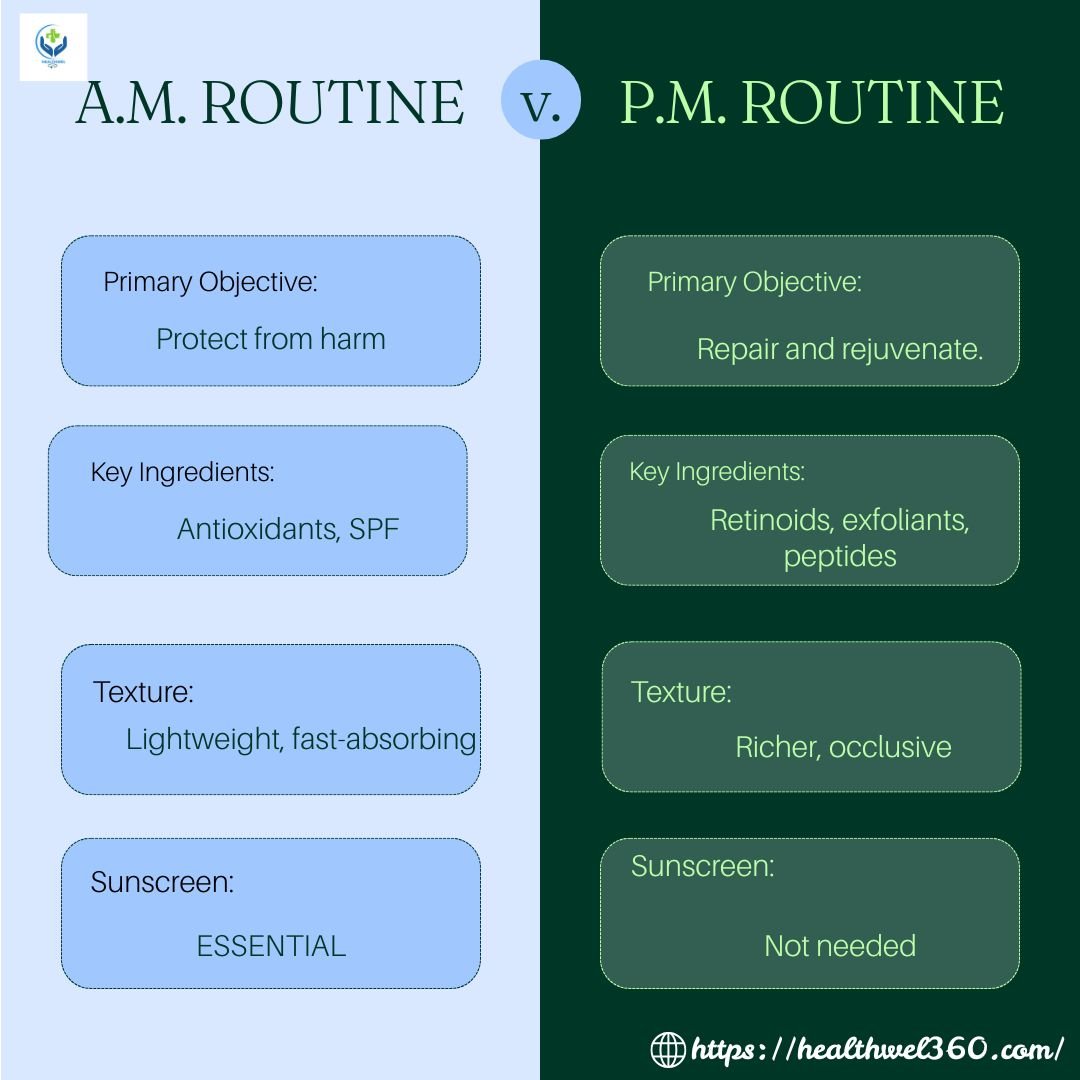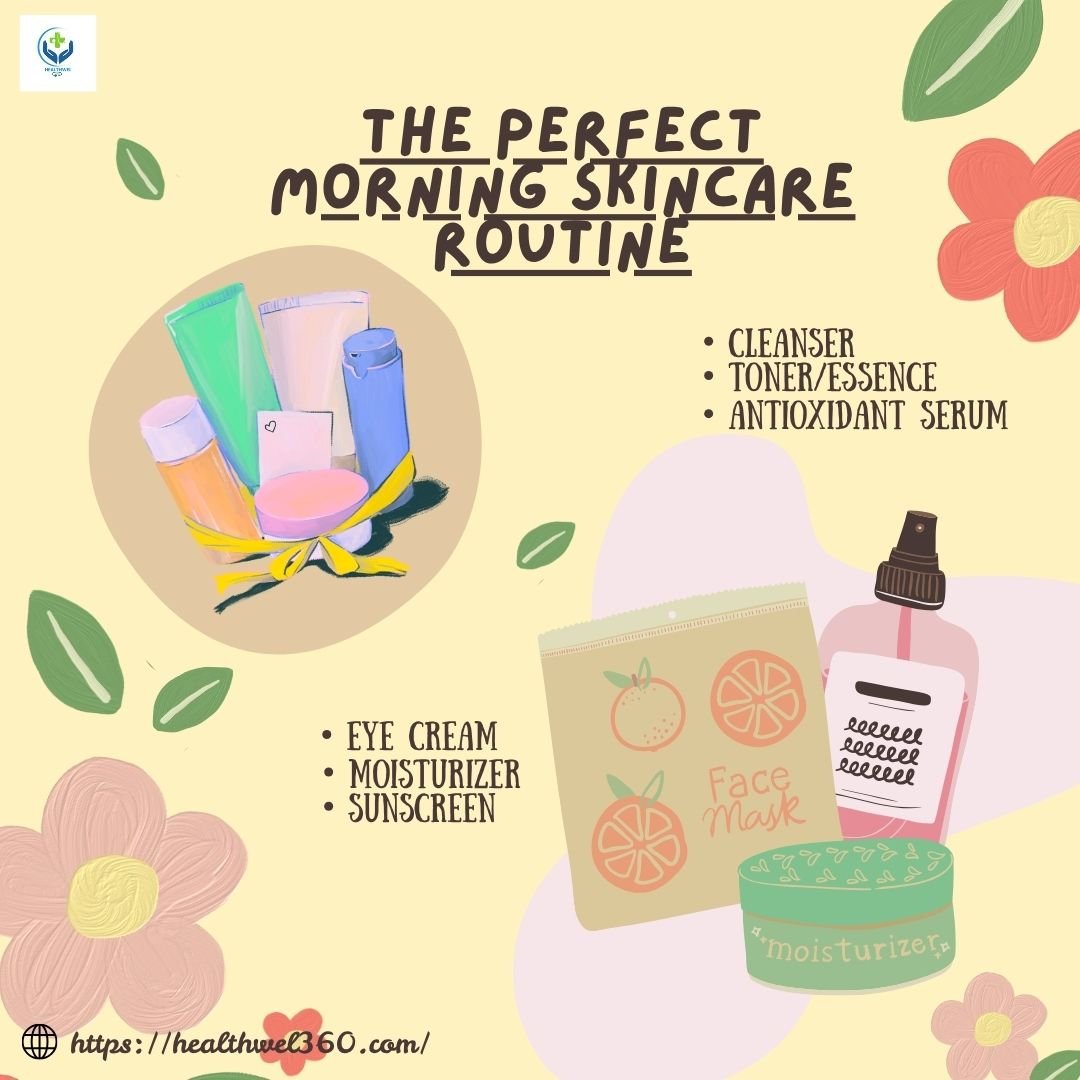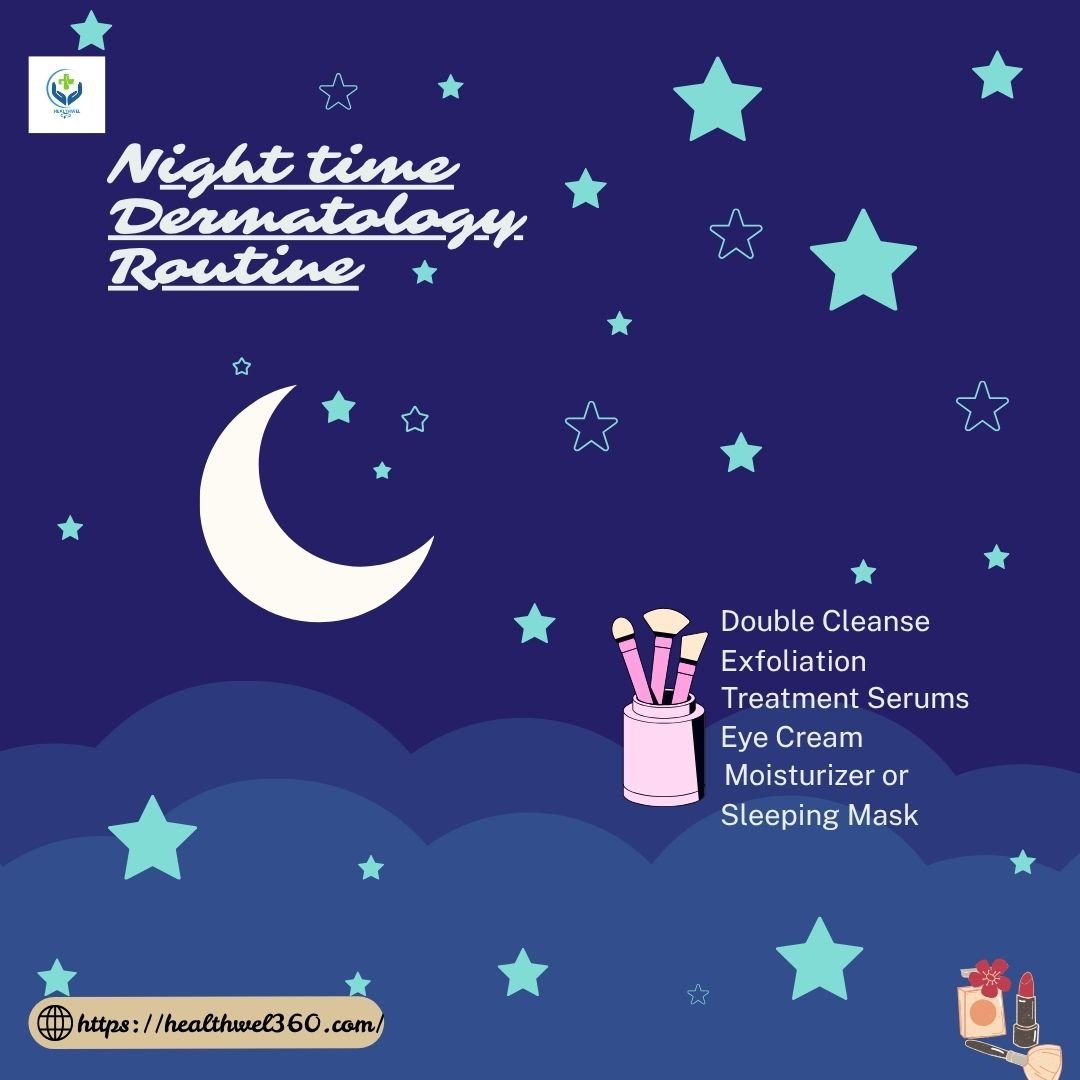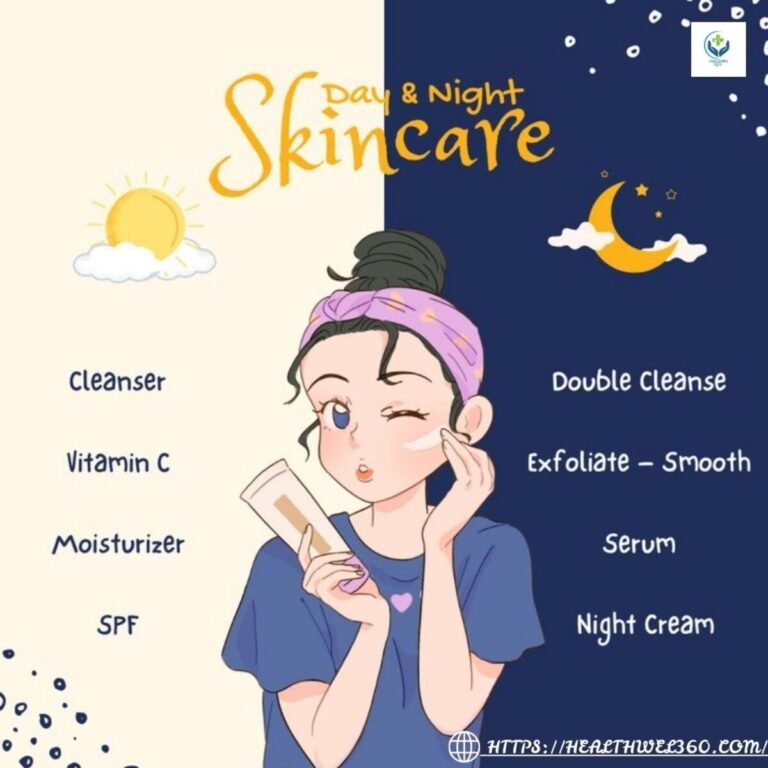Morning vs Night Skincare Routine: Key Differences & Best Products. Why Timing Matters in Skincare? The skin on your body is an unpredictable structure that responds variously when morning and nights. While you’re awake, it battles environmental stressors like UV rays, pollution, and blue light. While you sleep, it shifts into repair and regeneration mode, making nighttime the best opportunity for active treatments.
Using the wrong products at the wrong time can lead to:
- Ineffective results (e.g., vitamin C breaking down in sunlight)
- Increased irritation (e.g., retinol + sun exposure = sensitivity)
- Wasted product (e.g., heavy creams in the morning causing shine)
This comprehensive guide will break down the science behind AM/PM skincare, step-by-step routines for different skin types, and expert tips to maximize results.
Section 1: The Science Behind Morning & Night Skincare

Circadian Rhythm & Your Skin
Based on studies, cells in the skin work on a 24-per hour phase:
- Daytime: Focuses on protection (increased sebum production, weaker barrier due to external stressors).
- Nighttime: Shifts to repair (higher blood flow, collagen production peaks at midnight).
(Source: 2017 study in British Journal of Dermatology on circadian skin rhythms.)
Key Differences at a Glance
| Factor | Morning Routine | Night Routine |
| Primary Objective | Protect from harm | Repair and rejuvenate. |
| Key Ingredients | Antioxidants, SPF | Retinoids, exfoliants, peptides |
| Texture | Lightweight, fast-absorbing | Richer, occlusive |
| Sunscreen | ESSENTIAL | Not needed |
Section 2: The Perfect Morning Skincare Routine (Step-by-Step)
Step 1: Cleanser
Why? Remove the moisture, oil, and impurities that have accumulated overnight.
Best For:
- Oily Skin: Foaming cleanser (e.g., Crave Foaming Cleanser)
- Dry Skin: Milky cleanser (e.g., La Roche-Posay Tolerance)
Pro Tip: Skip harsh scrubs—they can weaken your barrier before sun exposure.
Step 2: Toner/Essence (Optional)
Why? Prep skin for better serum absorption.
Best Picks:
- Hydrating: Lineage Cream Skin Toner
- Brightening: COSRX AHA/BHA Clarifying Toner
Step 3: Antioxidant Serum
Why? Neutralize free radicals from UV/pollution.
#1 The component: the mineral vitamin C (L-ascorbic extract) – increases collagen and reduces dark spots.
Alternatives: Niacinamide (for redness), EGCG (green tea extract).
Step 4: Eye Cream
Why? Thin under-eye skin loses moisture fast.
AM Focus: Caffeine (depuffs), SPF (e.g., Supergood Bright-Eyed).
Step 5: Moisturizer
Why? Lock in moisture without interacting with SPF.
Best Textures:
- The oily one Skin: the gel (e.g., Dermalogica Hydro Boost).
- Dry Skin: Cream (e.g., First Aid Beauty Ultra Repair)
Step 6: Sunscreen (Non-Negotiable!)
Why? Prevents 80% of premature aging (per Journal of Clinical Oncology).
Best Types:
- The mineral: zinc oxide (suitable for sensitive skin).
- Chemical: Lightweight (e.g., Biome UV Aqua Rich)
Repeated application Tip: Apply an SPF powder or spray over makeup every day.

Section 3: The Ideal the night time Dermatology Routine (Step by Step)
Step 1: Double Cleanse
Why? Remove makeup, SPF, and pollutants.
Method:
- Oil-Based Cleanser (e.g., DHC Deep Cleansing Oil)
- Water-Based Cleanser (e.g., Vani cream Gentle Cleanser)
Step 2: Exfoliation (2-3x Weekly)
Why? Promote cell division to promote healthy skin.
Pick Your Acid:
- AHAs (Glycolic/Lactic): Surface exfoliation
- BHAs (Salicylic): Deep pore cleaning
Step 3: Treatment Serums
Nighttime Stars:
- Retinol: Gold standard for anti-aging (start with 0.3%).
- Peptides: Boost collagen (e.g., The Buffet by The Ordinary).
- Hyaluronic Acid: Increases hydration (applied to damp skin).
Step 4: Eye Cream
PM Focus: Retinol (anti-aging) or ceramides (repair).
Step 5: Moisturizer or Sleeping Mask
Why? Night is prime time for barrier repair.
Heavy Hitters:
- Dry Skin: CeraVe Moisturizing Cream
- Oily Skin: Lineage Water Sleeping Mask
Bonus: Face Oils (For Extra Dry Skin)
Best Picks: Squalene (light), Rosehip (anti-aging).

Section 4: Common Mistakes to Avoid
#1: Using Retinol in the AM
- Why? It degrades in sunlight and increases sensitivity.
#2: Skipping SPF Because It’s Cloudy
- Why? UV rays penetrate clouds (UVA causes aging year-round).
#3: Over-Exfoliating
- Signs: Redness, stinging, flaking.
- Fix: Limit acids/retinol to 3-4x weekly.
Section 5: Custom Routines for Different Skin Types
Oily/Acne-Prone Skin
AM: Cleanse with salicylic acid, then apply niacinamide serum and oil-free SPF
PM: Double cleanse → Retinol → Light gel moisturizer.
Dry/Sensitive Skin
AM: Cream cleanser → Hyaluronic acid → Ceramide moisturizer + SPF.
PM: Oil cleanse → Squalane serum → Rich balm.
Combination Skin
AM: Gel cleanser → Vitamin C → Light moisturizer + SPF.
PM: Double cleanse → Lactic acid (2x/week) → Gel-cream.
Conclusion: Consistency is Key
Your skin thrives on predictability. Stick to a tailored AM/PM routine for 6+ weeks to see real changes.
Final Pro Tips:
- Patch test new actives at night.
- Adjust seasonally (heavier creams in winter).
- If in uncertainty, simplify: Cleanser, moisturizer, and SPF are the holy trinity.
What’s your favorite AM/PM skincare product? Share in the comments! 💬✨





Good
Pingback: Acne Diagnosis & Treatment: Expert Guide from Dermatologists